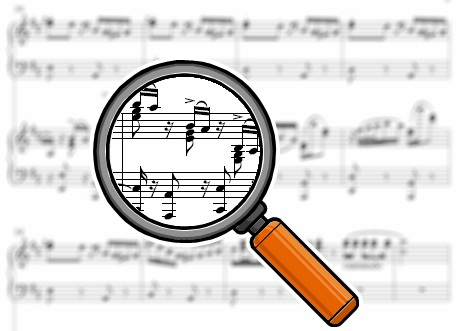
“It takes two to tango” goes the common saying. I would rather say it takes three: The leader, the follower and, last but not least, music. There is no tango without these three.
Since Argentine tango is an improvisational dance, there needs to be clear communication between the leader and the follower. But if the improvisation is not related to anything, it would be meaningless. Music is the basis that inspires the dancers to improvise their figures, and how music communicates its suggestions to the dancers is the subject of this blog.
You might think that communication between music and the dancing couple is a one-way channel, but it isn’t. Best tango musicians have always been very responsive to the feedback they have received from the dancers – often visually and in real time when watching the dance floor. During the Golden Age of tango, danceability was one of the key things to the success of a band, and even today the same criteria are decisive when DJ’s select tangos to be played in milongas.
Argentine tango is a manifold of musical styles, but in this blog I will concentrate on styles that were dominant during the Golden Age of tango, i.e. 1935 to 1952 or so. The roots of tango from the very beginning might also be covered.
As a tango DJ and an arranger I often bump into puzzling questions about the essence of tango and how it works in relation to the dancers. Through this blog I would like to share my observations and findings with you, dear tango lover, and also invite you to discuss about them. My direction of approach might me quite analytic sometimes, but I promise I’ll try to convey the big picture how the things I have found affect your dancing or music appreciation. Be welcome!
Heikki